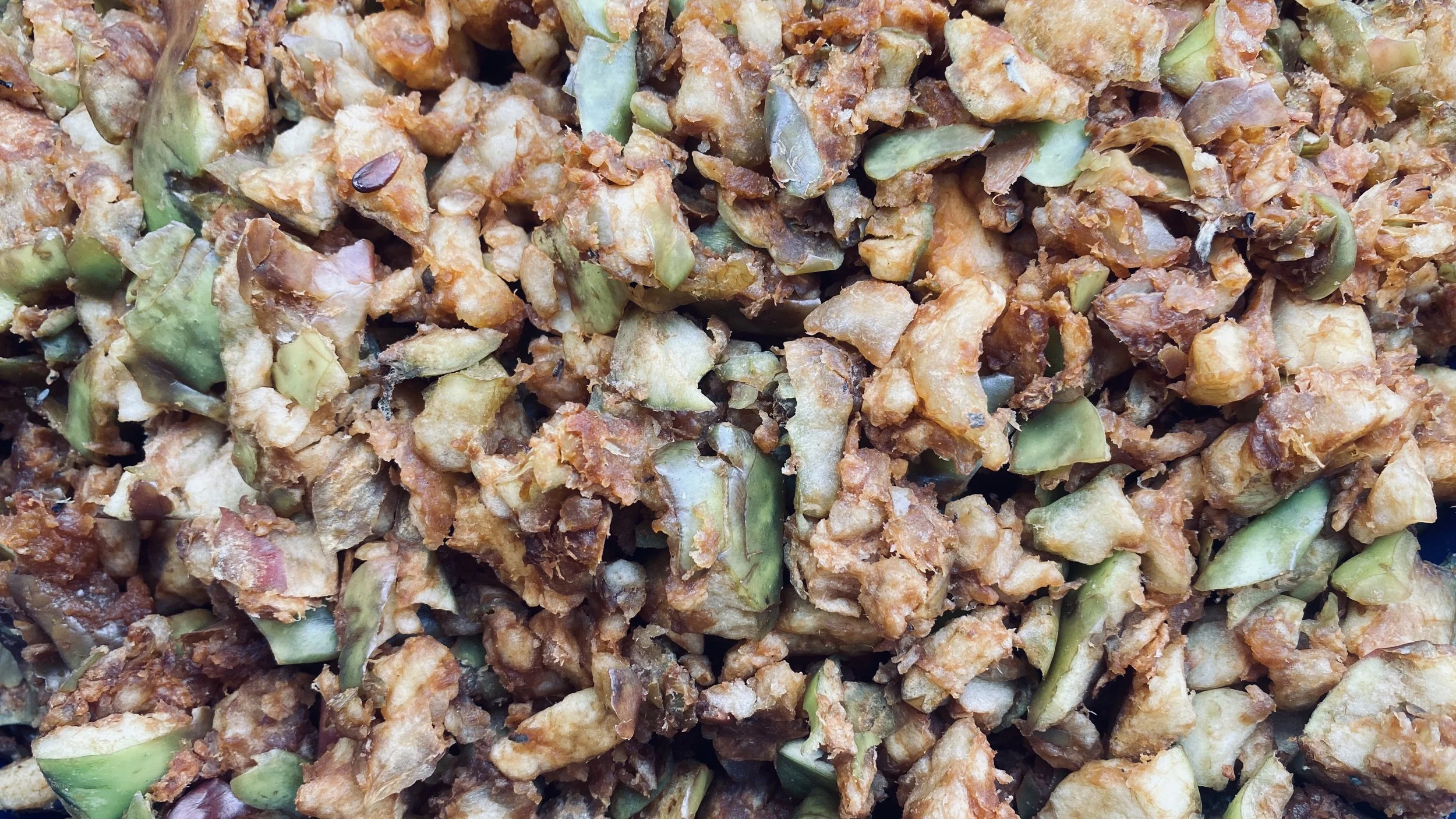More Than Apples: 5 Unexpected Lessons from a Volunteer-Run City Orchard (Bristol)
How a small patch of public land grew food, skills, and social resilience.
A Small Orchard with Big Energy
What’s the true value of the little green pockets in our cities? At Woodcroft Community Orchard in Bristol’s BS4, the answer is bigger than fruit. Over 13 years, this volunteer-run space has turned a former allotment into a living classroom—where neighbours meet, children learn, and waste becomes soil. On a recent visit, we discovered five lessons any community project (or curious gardener) can steal today.
“Nobody here arrived as an expert… people have grown with their skills and their interests.”
Patience Pays: The 12-Year Cherry Plum Plot Twist
For a dozen seasons, a healthy cherry plum stood quiet. Volunteers assumed birds were beating them to it. Then, in year thirteen, the tree went absolutely laden, laying a red carpet of fruit.
Community projects are marathons. Trees—and people—hit their stride on their own timelines. If your initiative feels slow, you might be one season away from abundance.
Try this: Track long-term wins with a simple “season log.” Celebrate the quiet progress—root growth, new volunteers, tidier paths—before the bumper crop arrives.
The Orchard’s Best Crop Is Community
Yes, there are apples, pears, damsons and gauges. But Woodcroft’s standout yield is connection.
A self-governing kitchen garden inside a new polytunnel sends weekly veg boxes to a charity supporting a refugee kitchen.
Play therapists use the space as a calm, sensory-rich setting.
Schools and a kindergarten visit for hands-on outdoor learning.
Project resilience comes from many entry points. By welcoming self-governing groups—from composting crews to pruning circles—the orchard spreads ownership, shares workload and multiplies impact.
Try this: Pilot one “micro-team” with a clear remit (e.g., “Compost Crew Wednesdays 6–7pm”). Give it autonomy, celebrate small wins, and then replicate.
Compost Like a Forest Floor (Think “Pickled Onions”)
After Apple Day, there’s mountains of apple pomace. Bin it? Not here. Woodcroft ferments it using a Bokashi-style anaerobic method that mimics leaf-litter decomposition.
Actiferm — a beneficial microbe blend — accelerates fermentation.
Aegir (sea shell grit) — buffers acidity, ideal for sharp apple pulp.
Layers — alternate “greens” (pomace) with “browns” (old hay).
Compaction — firmly stamp each layer to exclude oxygen.
Moisture + inoculation — water, then apply diluted Actiferm.
Cover — leave 8–12 weeks before spreading.
Why the “pickled onion” analogy? After fermenting, the material still looks intact but collapses under pressure—just like softened lignin on the forest floor. That means it integrates quickly into soil with fewer odours and less nitrogen loss.
Try this: Run a “Pomace to Soil” demo after your next harvest event. Invite neighbours, weigh inputs/outputs, and share results on your socials.
Waste Is a Design Flaw—Close the Loops
Woodcroft treats “waste” as untapped value.
Sheep’s wool mulch (offcuts from a shearing tent) → “night and day” improvement in moisture retention and soil structure in the polytunnel.
Aegir → food-industry by-product given a second life as a soil input.
Planned rainwater harvesting → reduces mains use and builds drought resilience.
Small circular choices compound. Redirecting local by-products (wool, shell grit, coffee chaff, brewer’s grains) can cut costs and improve soil health.
Try this: Map a 5-mile “by-product radius.” List nearby producers and what they discard. Design two trial beds using recovered materials; measure moisture, yield, and labour.
You Don’t Need to Be an Expert to Belong
A quiet revolution at Woodcroft: people show up curious and leave capable. Volunteers learn pruning, bed prep, composting—and, yes, cider making with heritage varieties like Black Dabinett (watch for a 2027 release).
Expertise grows on site. When people feel welcome to learn by doing, projects collect skills the way trees collect rings.
Try this: Swap formal training days for “learn-as-we-work” sessions with two roles: a task lead and a shadow. Rotate monthly. Watch confidence grow.
Field Notes: How to Build a Bokashi Pomace Stack (Copy/Paste)
Base: lay apple pomace (“greens”).
Carbon: add old hay/straw (“browns”).
Stamp: compact to exclude air (critical).
Buffer: sprinkle Aegir to moderate pH.
Moisten: water lightly.
Inoculate: apply diluted Actiferm.
Repeat: build to ~1 m; finish with browns.
Cover: cardboard or tarp; leave 8–12 weeks; apply to soil.
Why This Matters for Cities
Food security: regular, hyper-local produce from trees and polytunnel crops.
Wellbeing: tactile, outdoor tasks that reduce stress and build confidence.
Soil & climate: fermentation cuts odours, speeds integration, and supports soil biology.
Inclusion: self-governing teams widen the tent and keep projects alive for the long haul.
Get Involved (or Start Your Own)
Join a session: If you’re near BS4, look up Woodcroft Community Orchard and drop by.
Start small: One bed, one micro-team, one loop closed.
Share stories: Celebrate the slow wins; they compound.
“Sustainability is what we want… not necessarily doing the same thing—you’ve got to evolve and change.”
How We Can Help
At Agriton, we help communities, farms, and councils design circular bio-waste systems and implement Bokashi/anaerobic composting with practical training for self-governing volunteer teams. Planning a community orchard, school garden, or zero-waste hub? Let’s make it work on the ground.
Say hello: message us to book a site walk-through, workshop, or pilot.





